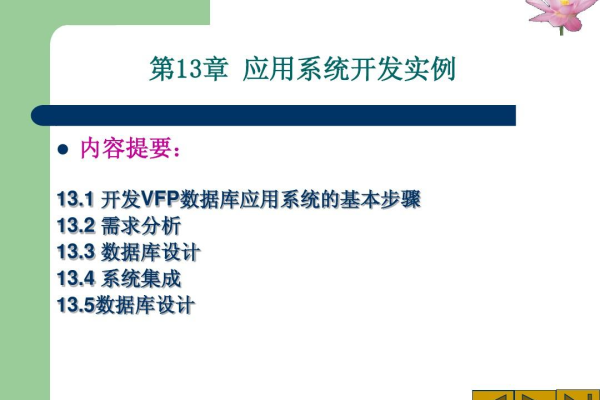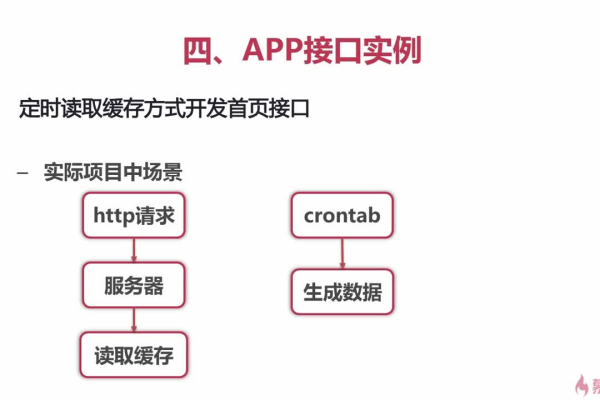c api接口开发实例
- 行业动态
- 2025-02-19
- 4139
c,#include// 定义一个简单的API函数,返回两个整数的和,int add(int a, int b) {, return a + b;,}int main() {, int num1 = 5;, int num2 = 10;, int result = add(num1, num2);, printf("The sum of %d and %d is %d,", num1, num2, result);, return 0;,},`
这个示例展示了如何用C语言编写一个基本的API函数add
,并在main`函数中调用它来计算两个整数的和并打印结果。
在C语言中开发API接口是一项复杂但至关重要的任务,它涉及到多个方面的技术和设计考量,以下是关于C API接口开发的详细实例:
1、定义清晰的接口规范
函数命名:采用“模块_功能”的命名方式,使用户能直观理解函数用途,例如文件处理模块的函数file_open、file_close、file_read、file_write等。
参数类型及含义:明确参数类型,并在注释中详细说明含义,如file_open函数的参数const char *filename表示要打开的文件名。
返回值和错误码:定义明确的返回值和错误码,通常函数返回0表示成功,非零值表示错误,错误码定义为宏以提高可读性和维护性,如#define FILE_SUCCESS 0、#define FILE_ERROR -1。
2、确保接口的稳定性和向后兼容性
避免破坏性修改:添加新功能时,避免修改已有函数签名或行为,可通过增加新函数实现,例如在文件操作API中,若需增加以特定模式打开文件的功能,可新增file_open_ex函数。
使用版本管理:接口变更时使用版本管理机制,在头文件中定义版本号,以便用户选择合适的版本。
3、提供详尽的文档和示例代码
功能:简要介绍API的功能和用途,帮助用户快速了解其作用。
函数说明:每个函数应有详细参数、返回值和可能错误码的说明,并提供示例代码展示正确使用方法,如file_write函数的示例代码展示了如何使用该函数向文件写入数据。
常见问题解答(FAQ):文档中包含常见问题解答,帮助用户解决常见问题,例如解释file_open返回-1的原因,以及如何处理file_write返回的错误。
4、实际示例
头文件(file_api.h)
#ifndef FILE_API_H
#define FILE_API_H
#include <stddef.h>
#define FILE_SUCCESS 0
#define FILE_ERROR -1
#ifdef __cplusplus
extern "C" {
#endif
/* Open a file */
int file_open(const char *filename);
/* Close a file */
int file_close(int file_descriptor);
/* Read data from a file */
int file_read(int file_descriptor, void *buffer, size_t size);
/* Write data to a file */
int file_write(int file_descriptor, const void *buffer, size_t size);
#ifdef __cplusplus
}
#endif
#endif // FILE_API_H
源文件(file_api.c)
#include "file_api.h"
#include <fcntl.h>
#include <unistd.h>
#include <string.h>
#include <errno.h>
/* Open a file */
int file_open(const char *filename) {
int fd = open(filename, O_RDWR | O_CREAT, S_IRUSR | S_IWUSR);
if (fd == -1) {
return FILE_ERROR;
}
return fd;
}
/* Close a file */
int file_close(int file_descriptor) {
if (close(file_descriptor) == -1) {
return FILE_ERROR;
}
return FILE_SUCCESS;
}
/* Read data from a file */
int file_read(int file_descriptor, void *buffer, size_t size) {
ssize_t bytes_read = read(file_descriptor, buffer, size);
if (bytes_read == -1) {
return FILE_ERROR;
}
return (int)bytes_read;
}
/* Write data to a file */
int file_write(int file_descriptor, const void *buffer, size_t size) {
ssize_t bytes_written = write(file_descriptor, buffer, size);
if (bytes_written == -1) {
return FILE_ERROR;
}
return (int)bytes_written;
}
测试文件(main.c)
#include "file_api.h"
#include <stdio.h>
int main() {
int fd = file_open("example.txt");
if (fd != FILE_ERROR) {
const char *data = "Hello, World!";
size_t bytes_written = file_write(fd, data, strlen(data));
if (bytes_written == -1) {
printf("Write error: %s
", strerror(errno));
} else {
printf("Written %zu bytes.
", bytes_written);
}
file_close(fd);
} else {
printf("Failed to open file.
");
}
return 0;
}
相关问答FAQs
1、问:为什么file_open函数返回FILE_ERROR?
答:可能的原因包括文件不存在、没有权限访问文件或文件名无效,请检查文件路径和权限。
2、问:如何处理file_write返回的错误?
答:如果file_write返回FILE_ERROR,应检查errno以确定错误原因,可能的错误包括磁盘已满、文件描述符无效等。
小编有话说
C API接口开发需要严谨的设计和实现,以确保接口的高效性、稳定性和易用性,在实际开发中,应根据具体需求进行合理的设计和优化,为用户提供高质量的API服务。
本站发布或转载的文章及图片均来自网络,其原创性以及文中表达的观点和判断不代表本站,有问题联系侵删!
本文链接:http://www.xixizhuji.com/fuzhu/126209.html




